Flanged globe valves are essential components in fluid control systems, and understanding their dimensions is crucial for ensuring proper installation and compatibility within piping networks. These valves come in various sizes, typically measured by their nominal pipe size (NPS), which indicates the internal diameter of the valve. Common sizes range from 1 inch to 24 inches, accommodating a wide array of applications.
The face-to-face dimension of a flanged globe valve is a critical measurement, as it dictates how much space the valve will occupy within the piping system. This dimension is typically standardized according to industry norms, ensuring that the valve can be easily integrated into existing systems without requiring modifications.
Flange dimensions also play a significant role in the installation process. Flanged globe valves are equipped with bolt holes that conform to specific standards, such as ANSI or ASME, ensuring compatibility with corresponding pipe flanges. The bolt circle diameter and the number of bolt holes must match those of the connected flanges to provide a secure and leak-proof connection.
Height is another important dimension, particularly in applications where vertical space is limited. The overall height of a flanged globe valve can vary depending on the size and design, but it is typically higher than that of other valve types due to the valve's internal design, which includes a stem and seat arrangement.
In addition to these dimensions, it’s essential to consider the pressure rating of the valve, which indicates its ability to withstand specific pressure levels while maintaining performance. Flanged globe valves are available in various pressure classes, including 150, 300, and 600 psi, making them suitable for a range of operating conditions.
Overall, accurate knowledge of flanged globe valve dimensions is vital for ensuring optimal performance and reliability in fluid handling systems across diverse industrial applications.

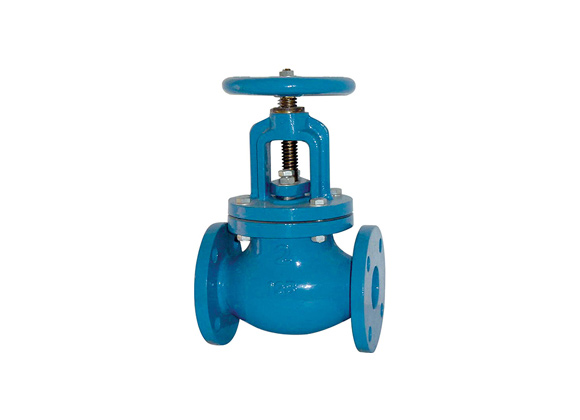
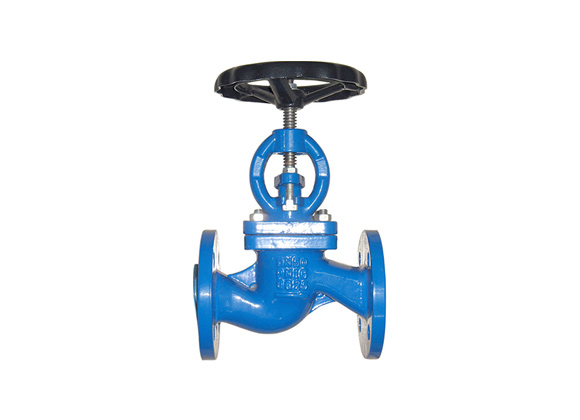
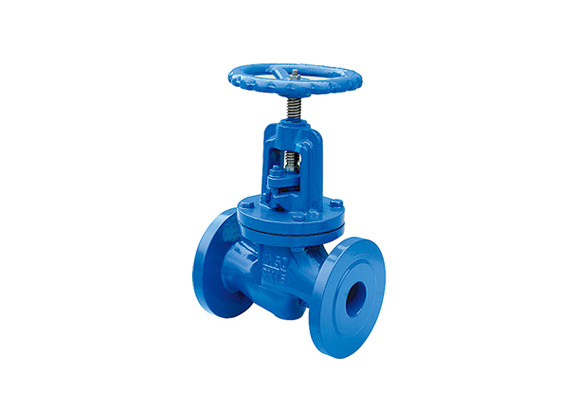
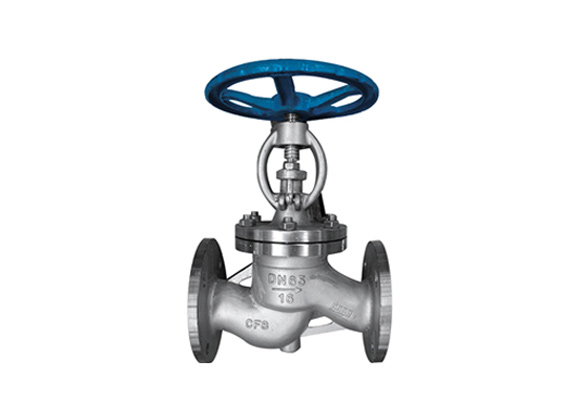
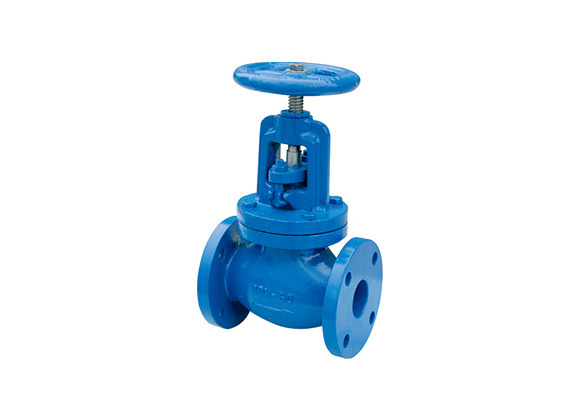
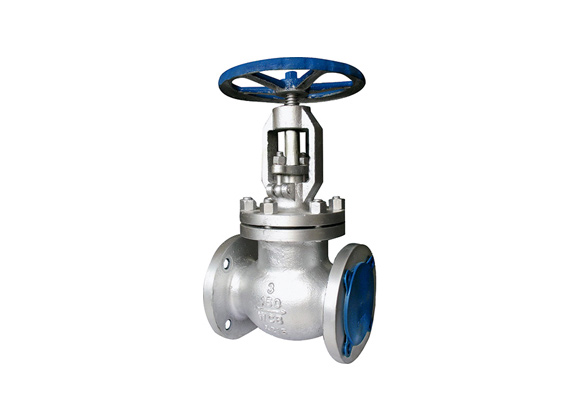
 Call us on:
Call us on:
 Email Us:
Email Us:
 South of Huanmadian Village Town, Ningjin County, Xingtai, Hebei Province, China
South of Huanmadian Village Town, Ningjin County, Xingtai, Hebei Province, China